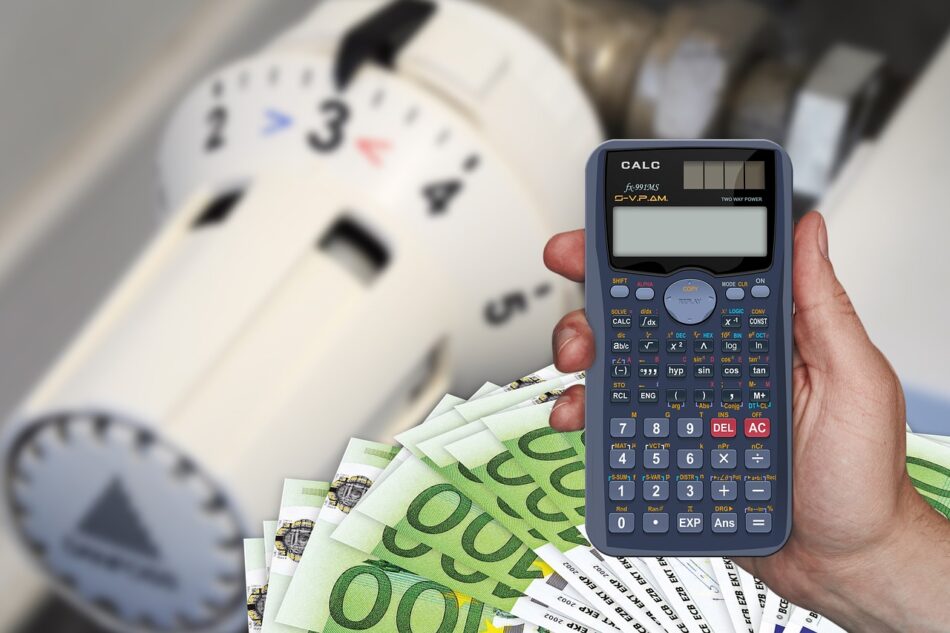As a cryptocurrency investor, profit-making is the end target of all your investments. Without it, the prospect of buying crypto is pointless. In such a situation, you’d be better served by investing your funds in real-life stocks.

But then, crypto investments have proved to be some of the most profitable ventures recently. Think of those early investors who placed considerable sums into Bitcoin when the innovation was in its infancy.
Today, these investors are millionaires. They can fondly look back several years and confidently say they made significant investments.
So, as you begin your crypto journey, do you think that a few months or years down the line, you’ll look back to the now and say that you equally made great investment choices?
No one knows the answer to that question, in truth. But, if you’re a serious investor looking to make handsome profits in the mid to short term, you need to make the best decisions from today.
You also need the best technologies, investment advice and tools. Finally, you need to be able to calculate your crypto profits and losses.
In this article, you’ll learn how to calculate crypto trading profits and losses. Stick around and learn more.
What Is Crypto Trading Profit And Loss?
As a financial trader of any kind, crypto included, your primary goal is to make a profit. When you trade on the crypto market even as a small business owner, you speculate on the direction where the market trend is tilting.
If the market has been bullish for a while, you can make some handy profits by selling off assets whose values have spiked. On the other hand, trading in a bearish market will hand you a few losses.
Other than market volatility, many other factors are also involved in determining whether or not you make crypto profits.
Calculating Without Using Margin
Calculating losses and profits should be done on a transactional basis. For each transaction you carry out in investing, you should calculate the trade value and cost basis in the fiat currency you used for the purchase. Afterwards, you can compare the cost basis and value difference to note losses or profits.
You should also remember to include trading fees as a cost basis deficit.
Here’s a typical example:
An investor buys one bitcoin for $10,000. This price is the cost basis (including deficit from trading fees).
Afterwards, this investor sells the asset for 50 ETH when ETH price is $100.
The value of the trade is $5000. You’ll subtract the trade value from the original outlay to calculate the profit. That is ten thousand dollars minus five thousand dollars.
The resulting five thousand dollars is your profit.
When calculating for more extended periods, you may want to compare the end-of-year balances with their start-of-year equivalent. However, you need to consider some factors.
Deposits are a vital aggregate. You’ll have to factor in how much you’ve deposited into your wallets. Withdrawals also count. And so do trading fees and marginal losses and profit.
You should note that calculating your profits and losses this way will equate to varying overall loss and gain. The reason is that you’d have used the end-of-year exchange rates instead of the rates when you carried out the transaction.
Why You Should Calculate Your Crypto Trading Losses And Profits
Calculating your earnings and losses is a crucial aspect of trading, one that many traders often ignore.
Eventually, when it crashes and burns, they remember. Unfortunately, it’s usually too late by then, as the rot will have eaten deep.
Without these calculations, it’s impossible to know the best time to buy or sell assets to earn profits. Ideally, many crypto traders learn from the basics of successful trading- buying high and selling low.
The laws of demand and supply also apply to the cryptocurrency market. When the supply of tokens peaks, its value drops. On the other hand, when it’s scarce, its value soars.
Because of this, it’s essential to observe price actions and trending movements, looking out for the opportunity for low prices. Once the prices are low, you can make a few strategic purchases. If you note the cost prices at the time, you’ll be able to calculate just how much you’re losing or earning when you eventually decide to sell it.
Once a coin is on the comeuppance, you can expect a profit when you choose to sell it. If you sell this asset lower than the cost price, you can expect a loss to follow.
Trading Errors And Mistakes
1) Investors’ most common error is over-waiting or panic-buying for fear of missing out.
2) If a coin’s value is dipping, it may be best to take advantage as quickly as possible.
3) Just as well, not all coins are expected to perform well consistently. In such cases, it’s best to sell them off as soon as their supply becomes limited.
4) You may accrue losses by holding on to them.
However, some long-term investors may also choose an alternative approach and strategy. This is because prices drop sharply, sometimes, and they may be no warning to indicate the downward turn until it is too late.
Conclusion
To calculate crypto returns, one of the tools you can use is coinstats.app calculator. As an investor, This software is easily accessible online. All you have to do is enter your variables to see your profit and loss margins.
With this tool, you won’t have to make bad decisions again. You’ll be able to anticipate market prices better and make more intelligent trades.
CoinStats is a great online platform for everything crypto. It’s got a wallet, crypto calculator, live charts and articles on investment advice to make your crypto trading journey worthwhile.
Finally, your calculations will be based differently if you’re a miner. This is because you’ll have to factor in electricity costs.
Miners earn rewards on the Blockchain by providing the computing power needed to validate transactions and scale the network.
To power up so many powerful computers costs a lot of money. So, you’ll have to make sure that you can compete with other miners within the network to solve the puzzles for transaction validation.
Featured image:
- By pixabay


